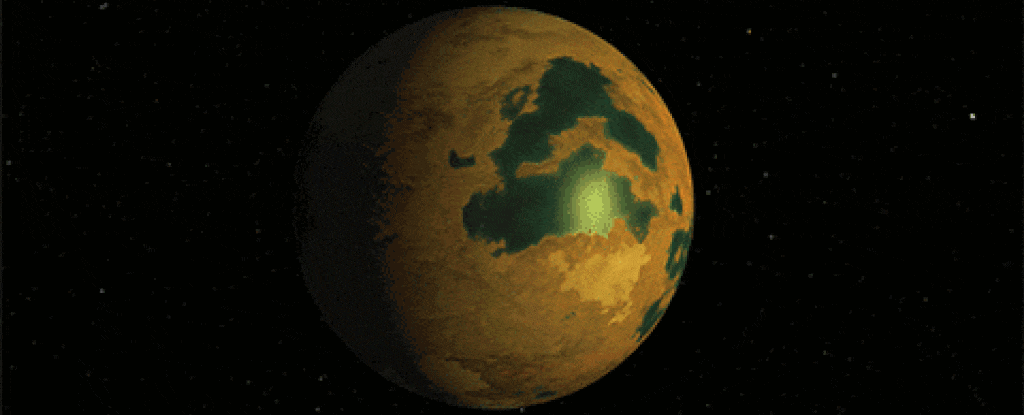We can officially say goodbye to the real-life version of the fictional Vulcan homeworld.
Astronomers have found that signals interpreted as signs of a world orbiting a star called 40 Eridani A, or HD 26965 – the star around which the planet Vulcan orbits in the sci-fi franchise Star Trek – were false positives, not generated by an orbiting exoplanet after all.
A closer analysis has revealed that the signals likely originate from the star itself.
It’s the fourth paper delving into the possible existence of a real-life Vulcan, and the third to find no exoplanet (one of the studies was inconclusive). We can probably safely put the nail in that particular coffin and move on.
What the findings do highlight, though, is the need for a more detailed understanding of star behavior, to better identify the signals in future data analysis, as we venture towards a new era of discovery for alien worlds.
The discovery of the real Vulcan was announced in 2018, with the newly minted exoplanet officially named 40 Eridani A b, or HD 26965 b.
But even its discoverers were a bit iffy on whether the detection was real or not. The potential exoplanet signal was detected using radial velocity, a method used when the orbital path of an exoplanet does not bring it between us and the star.
Radial velocity is the result of the gravitational interaction between star and planet. The exoplanet doesn’t really orbit the star; rather, the two bodies orbit a mutual center of gravity, causing the star to minutely move about on the spot. This happens with our Sun too, and we can detect these tiny stellar wobbles in distant stars as changes in the star’s light.
HD 26965 exhibited changes very similar to what we’d expect for radial velocity changes induced by an exoplanet on a 42-day orbit. But these changes could have been induced by changes on the surface of the star as it rotates on its axis.
The astronomers who discovered the star could not determine the star’s rotation rate to rule out this possibility. If the rotation rate was the same as the orbital period, it would mean the signal was inherent to the star.
Follow-up studies did not look good. A 2021 study found that the signal was a false positive. A 2022 study was inconclusive. A 2023 study also fell on the side of a false signal.
Now, a team of researchers led by astronomer Abigail Burrows of Dartmouth College has used a new instrument that measures radial velocity with precision not available in 2018. These measurements have revealed that the changes in the star’s light from different layers of the star’s atmosphere were different from the changes in the combined signal.
If the changes were the result of an exoplanet, the signal should have remained consistent. The fact that it did not suggests that the star’s fluctuations are the result of something that’s happening at the star, such as starspots and bright spots, and internal convection, combined with the star’s 42-day rotation period.
What might be sad news for Star Trek’s mostly stoic Mr Spock is great news for science. The result proves the efficacy of new tools we have to revisit ambiguous detections, and confidently identify their root cause.
As we move forward into an era of exoplanet discovery in which we hope to find more and more potentially Earth-like worlds, being able to rule out false positives is a powerful tool indeed.
The research has been published in The Astronomical Journal.





